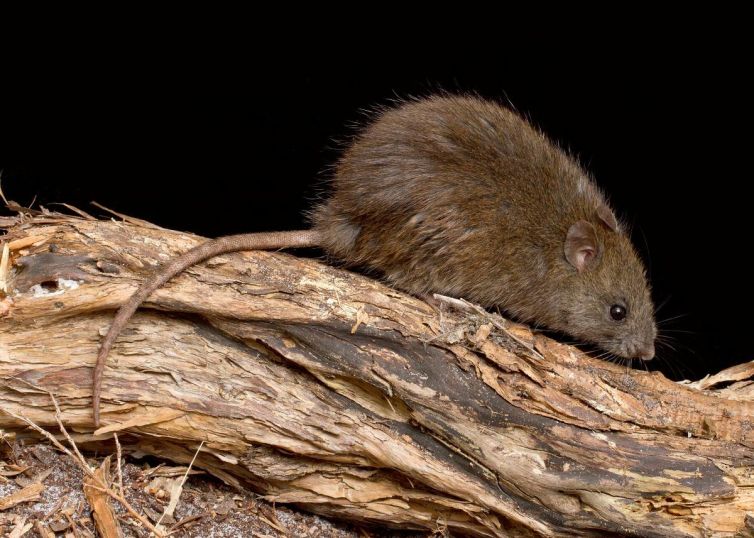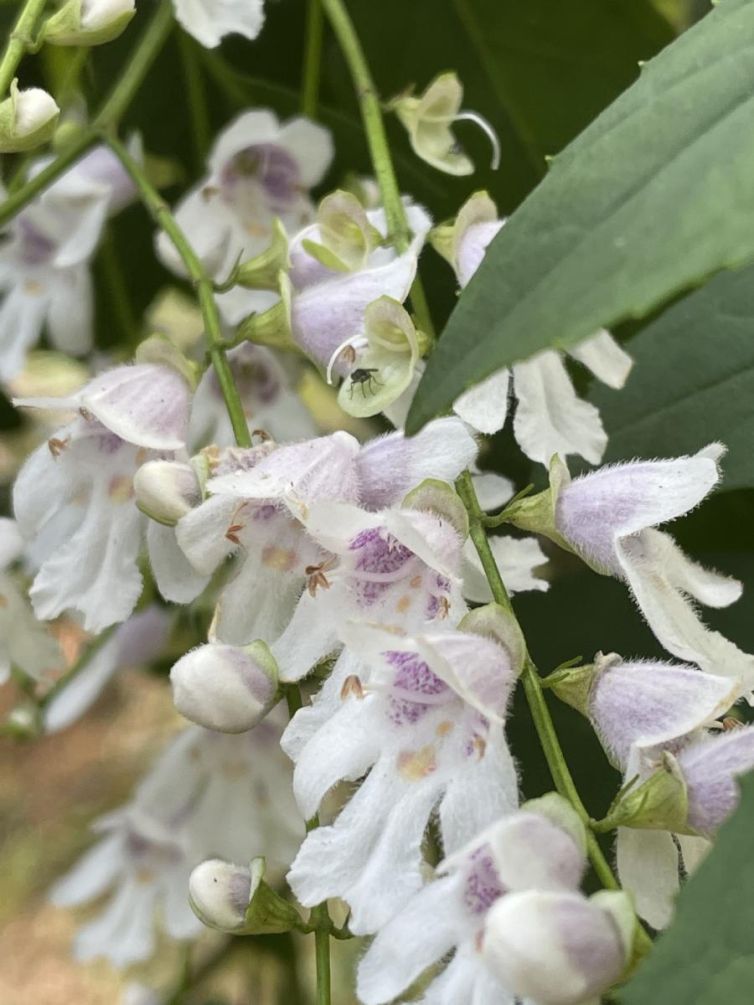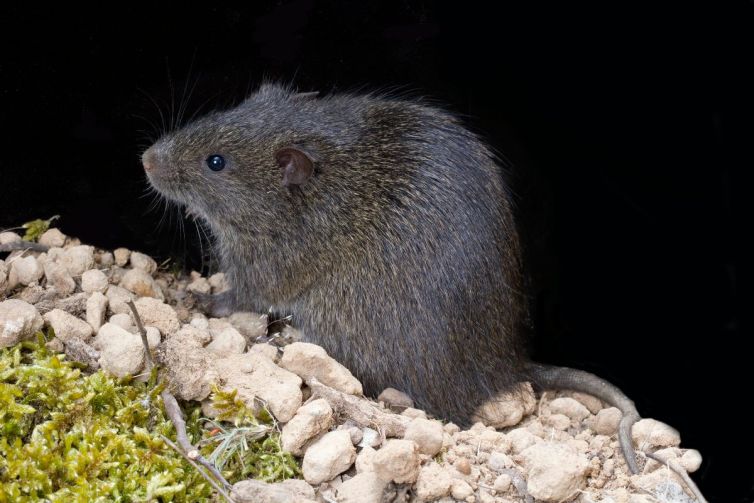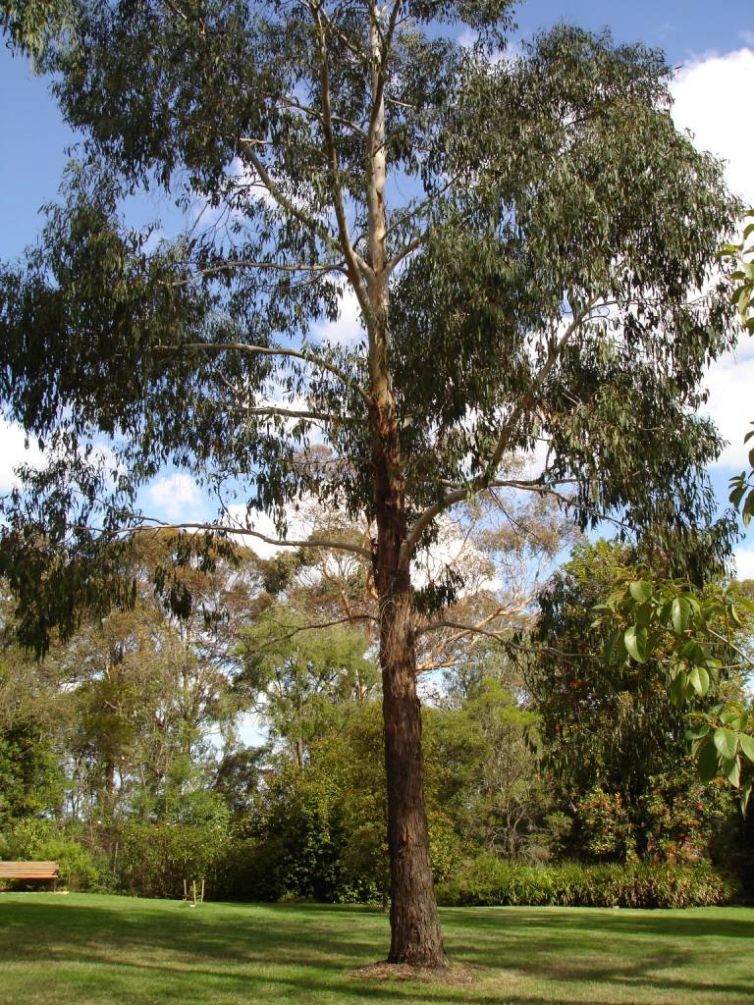As you pass along the boardwalk, you will notice that the environment changes slightly from the ironbark forest surrounds to the damper habitat, dominated by smooth-barked Swamp Gums. The lower vegetation of mainly Sword-sedge, and ground ferns provide habitat for small mammals.
Two species of native rats can be found here. The Bush Rat and Swamp Rat.
Although they are mostly nocturnal, you can occasionally catch a glimpse of a Swamp Rat scuttling across a cleared section of the forest floor and beneath the boardwalk.
Bush Rats tend to be more nocturnal. They are omnivorous, eat mainly plant matter, seeds, grasses, fruits and insects, and if food is in short supply, they might nibble on some fungi.
Swamp Rats are vegetarian and eat mostly reeds, stems and sedges. They like to make tunnels through the undergrowth.
Bush Rats and Swamp Rats are not marsupials.
However, another resident creature, likely to be seen throughout the forest, is the Agile Antechinus. This small, greyish-brown, mouse-sized animal is a marsupial.
The Agile Antechinus is carnivorous. It will sometimes climb on trees and search out invertebrates, such as spiders, weevils, beetles etc. from beneath the bark and in the topsoil and litter.
Hop goodenias are also growing here. Small shrubs, conspicuous through the understorey. They provide a colourful contrast with their rich, green leaves and bright yellow flowers. Following fire or clearing, the Hop Goodenia is an early coloniser.
There is also an abundance of bird sounds to be heard, especially during the Springtime.
The Victorian Christmas Bush, so-called because it is usually in full bloom at Christmas, is a small tree, usually growing to about 5 metres tall. It likes to grow in moist, forest gullies.
A Christmas Bush used to grow in this spot but has since died. However, there are smaller ones growing nearby.
The Christmas bush has dark green, pointed and fragrant leaves which are lighter green underneath. The flowers are clustered white towards the end of the branches. It is a very attractive and showy shrub.
There is always the possibility of a surprise when walking through this boardwalk environment. Listen and observe the nature experience around you.
Victorian Christmas Bush (Photo by Ellinor Campbell)








